shrines of japan, temples
Shrines of Japan: Five Great Ones You Need to See!

Anna Ayvazyan
Posted on April 25, 2024
Share:
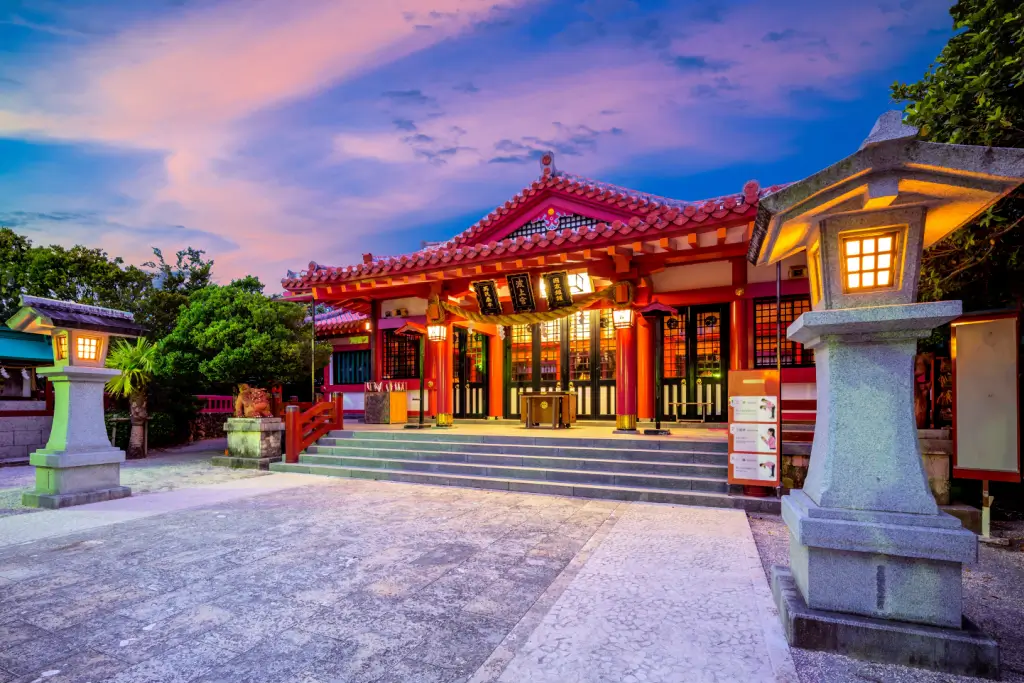
Japan has thousands of temples, many with unique histories and themes. Some temples represent famous icons of Japan, such as the maneki-neko, while others feature unique architecture or technology. Let’s look at five exciting shrines in Japan and explain what makes them unique.
Gotokuji
The Gotokuji Temple is in Tokyo’s Setagaya Ward. It is the birthplace of the maneki-neko (luck-inviting cat figure), a famous symbol of good fortune in Japan. Many shops will have a maneki-neko at their storefront to help bring in luck. You can find thousands of maneki-neko figures of various sizes at the temple, making it one of many exciting shrines in Japan.
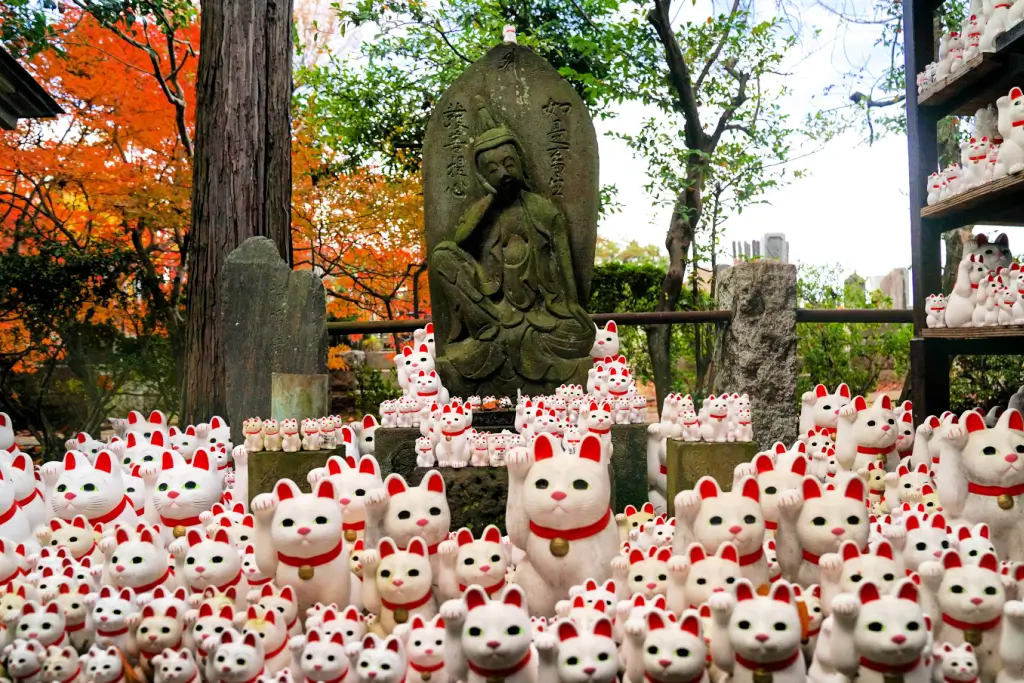
Legend has it that in the 17th century, a samurai looked for safety from a fierce storm near the temple. He spotted a cat waving from within the temple and approached it, narrowly avoiding lightning that struck the nearby tree. Grateful for what he believed was the cat’s lifesaving gesture, he became a loyal temple supporter.
Nowadays, you can purchase maneki-neko souvenirs at the temple that can help bring in good luck! Outside the temple, stores sell cute maneki-neko-themed desserts, such as dorayaki pancakes. If you love cats and want to get lucky, this is the perfect temple to visit!
Shofukuji
Shofukuji Temple is located in Hakata City in Fukuoka. Founded in 1195 by the priest Eisai, It is the oldest Zen temple in Japan. Eisai introduced the Rinzai sect of Zen Buddhism from China to Japan. Throughout the centuries, the temple grounds have been destroyed and rebuilt many times, maintaining their traditional Zen layout. While you cannot enter any buildings, you can admire the grounds and observe them outside.
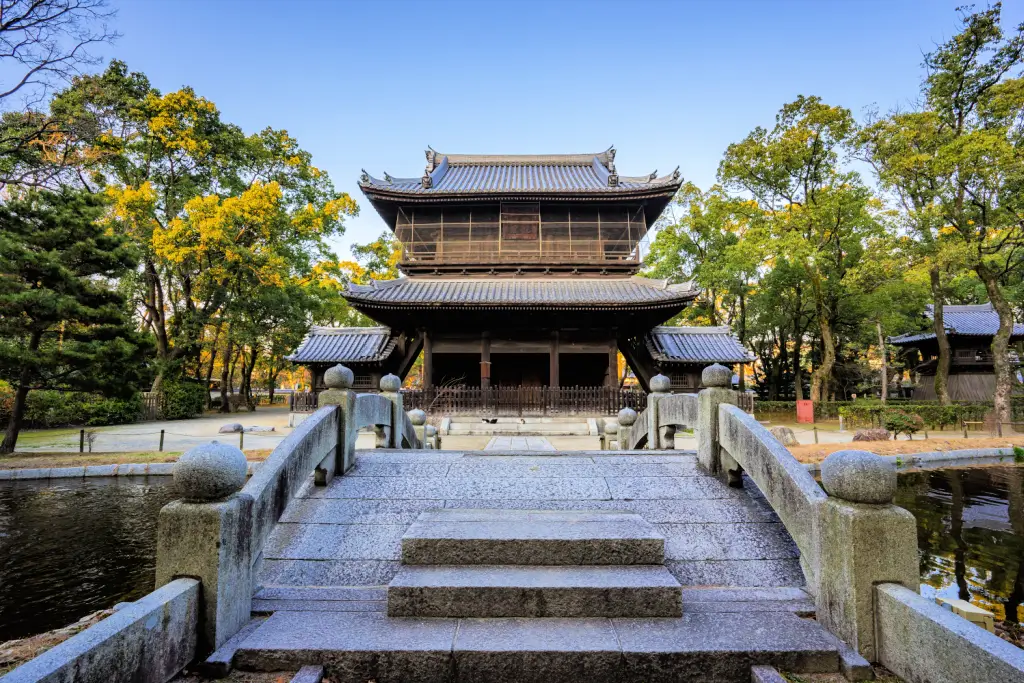
The temple grounds have numerous gates, the most prominent being Sanmon Gate. The large gate leads to Butsuden Hall, which features wooden and golden Buddha statues and a beautiful painting of a cloud dragon on the hall’s ceiling. If you’re interested in learning about Zen architecture and history, this temple should be on your list to visit!
Are you looking for great snacks while visiting shrines and temples in Japan? Check out Sakuraco! Sakuraco delivers traditional Japanese snacks, teas, and sweets from local Japanese makers directly to your door so you can enjoy the latest treats directly from Japan!
Kita-in
Kita-in Temple is located in Kawagoe, Saitama Prefecture. The temple is over 1200 years old and played a significant role during the rule of the Tokugawa Shogunate(1603 to 1868). In 1638, Kita-in was damaged by a fire, and many buildings were eradicated. To support the reconstruction of Kita-in Shogun, Iemitsu Tokugawa ordered the relocation of several palace buildings from Edo Castle to the temple. This decision proved beneficial because many Edo Castle structures were destroyed due to the Great Kanto Earthquake of 1923 and World War II.
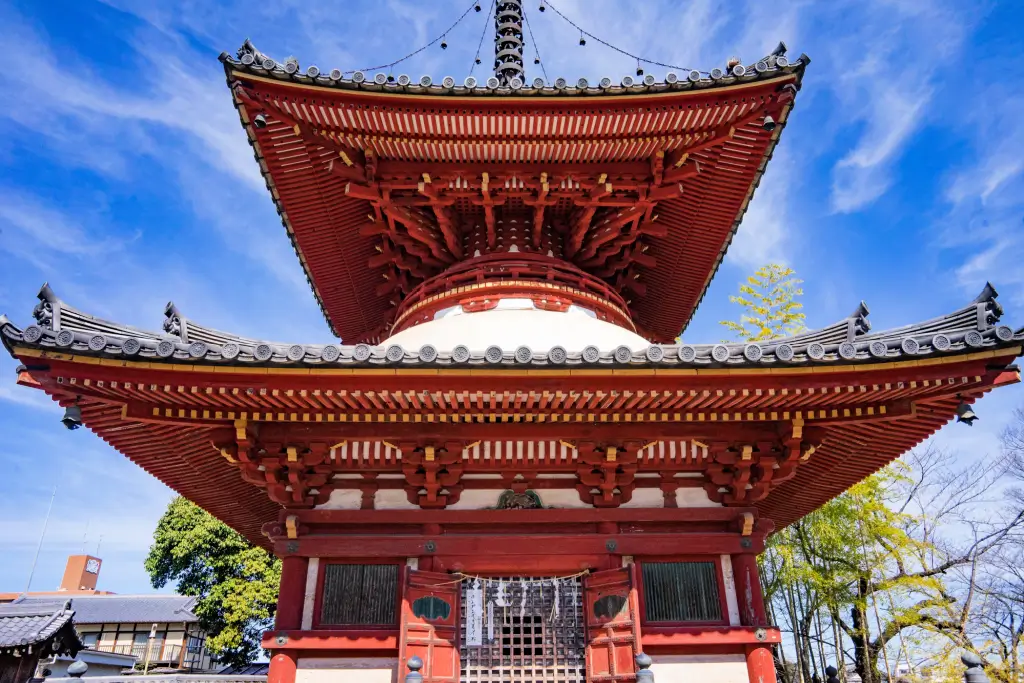
In addition to the preserved structures of Edo Castle, Kita-in is also known for its collection of 540 stone statues, which are referred to as rakan. These statues represent disciples of Buddha, each with their own unique facial expressions. Various artists commissioned the statues during the Edo period (1603-1867). According to legend, there is a statue that resembles anyone who visits. However, since the temple closes at night, it is impossible to test the legend.
The legend says that if you visit at night and touch the heads of the statues, one of them will be warm. The statue’s warm head is the one that resembles you. Even though it is impossible to test the legend, you can still enjoy the statues during the day! This makes it one of the most unique shrines in Japan!
Koukokuji
Koukokuji Temple is located in Shinjuku, Tokyo. Unlike many temples in Japan, Koukokuji uses modern technology. Featuring high-powered LED lights, the temple has a columbarium with 2046 glass Buddha statues. Each statue has a drawer holding the deceased’s ashes, which are kept for 33 years before burial beneath the building. Within the building, there are no incense sticks or commemorative plaques.
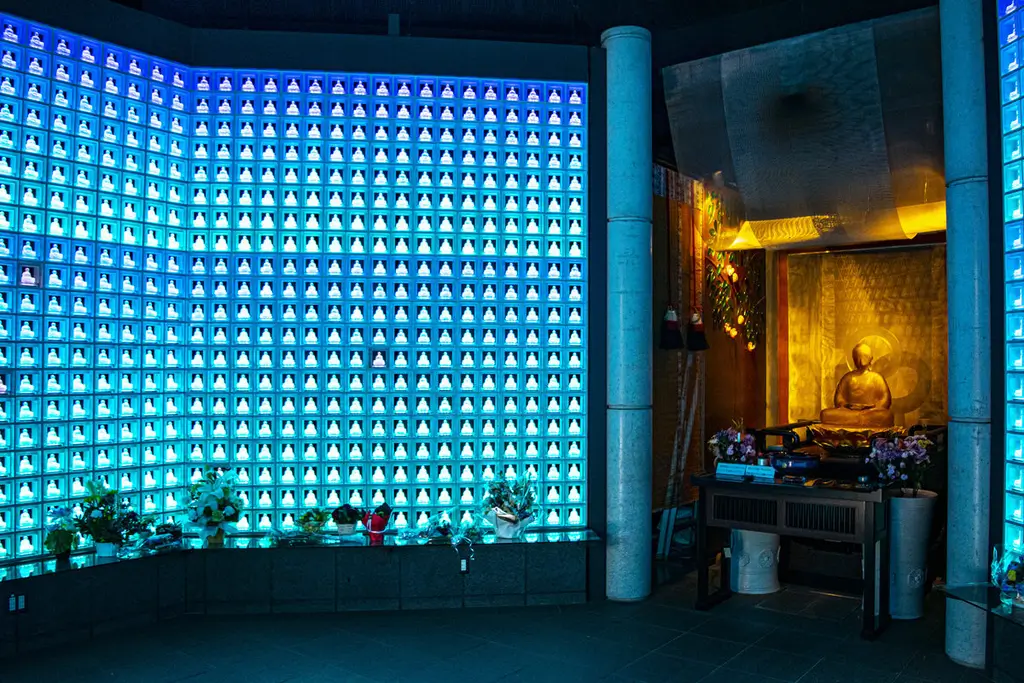
While the doors to the columbarium are usually open, a smart card is necessary to light up the Buddhas. You can ask the caretaker for assistance if you don’t have a smart card. When you swipe your smart card, a 15-minute light show starts, and the statues change colors. In addition to the Buddhas, Koukokuji’s temple garden is also impressive. The garden features 300-year-old ginkgo trees that survived the Kanto earthquake in 1923 and the air raids in 1945.
Daizenji
Daizenji Temple is located in Koshu City in Yamanashi. Locally, the temple is called “grape temple” because grape cultivation started there in the eighth century. The temple was established when the priest Gyoki envisioned Buddha holding a bunch of grapes. He then carved this vision into a statue, which is now worshiped by the temple today. Gyoki also taught the locals how to grow grapes for herbal medicine purposes.
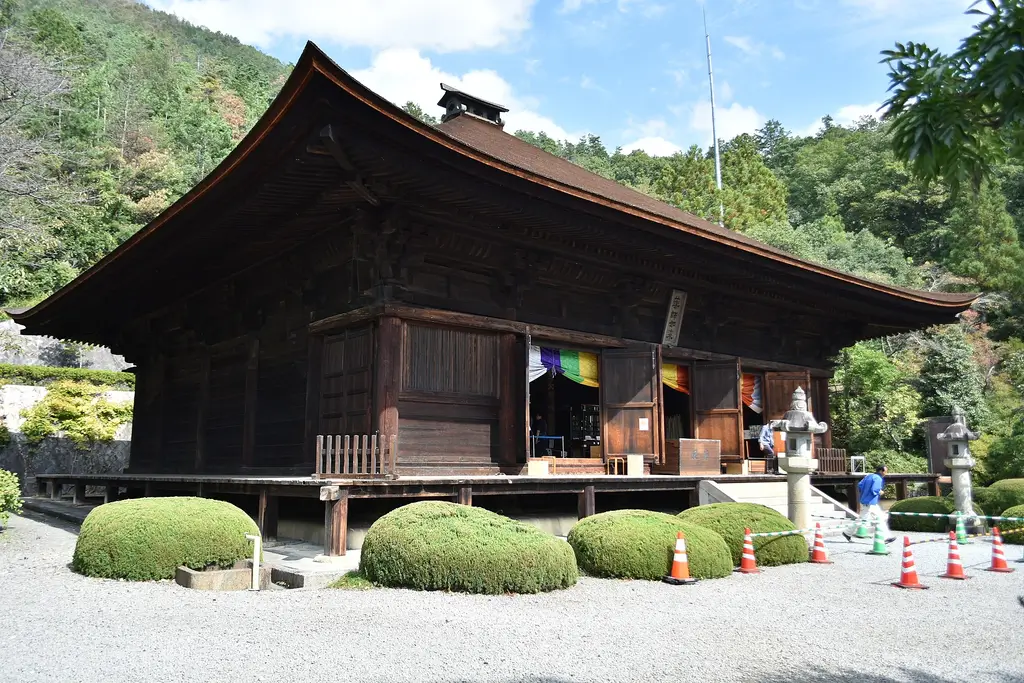
Today, the temple’s monks still grow grapes and make wine, which visitors can purchase. Additionally, it is possible to stay at the temple’s contemporary guest house. Behind the guest house is the temple’s landscape garden featuring a pond and a waterfall. If you love wine and want to experience temple lodging, visiting Daizenji will be a unique activity!
Why are these shrines of Japan so unique?
These temples showcase Japanese history in various unique and fun ways. By visiting temples such as Gotokuji, you can gain better insight into well-known maneki-neko figures. Shofukuji and Kita-in temples are great places to visit if you want to learn more about Zen and Edo-era architecture. If you want a modern approach to temples, Koukokuji temple’s LED display will enchant you! Finally, visiting Daizenji, the birthplace of grape cultivation, is a must for any wine lover! Which temple do you want to visit the most? Let us know in the comments below!

Discover authentic flavors with Sakuraco
Get Sakuraco 

Discover authentic flavors with Sakuraco
Get Sakuraco 
Related Articles
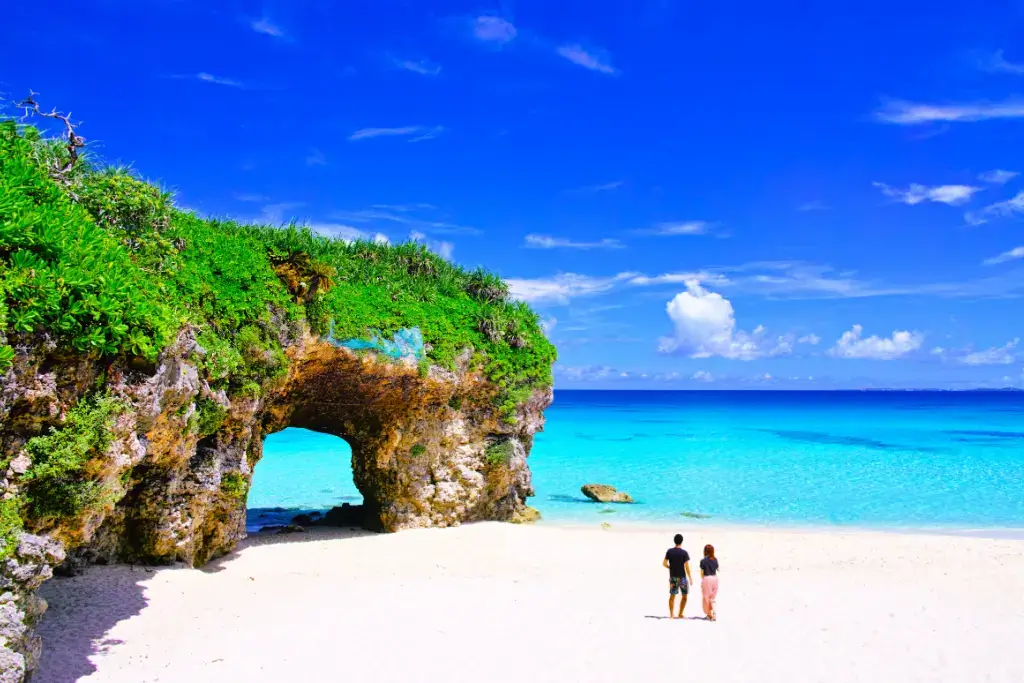
Okinawa Beaches: Five Great Tropical Escapes!
Okinawa Prefecture is a tropical paradise that is celebrated for its turquoise waters, beautiful, sandy coasts, and vibrant coral reefs. It has over 130 beaches, offering a coastal experience for every kind of traveler. These escapes range from secluded retreats to lively resorts. Today, we’ll explore five of the most captivating beaches in Okinawa!
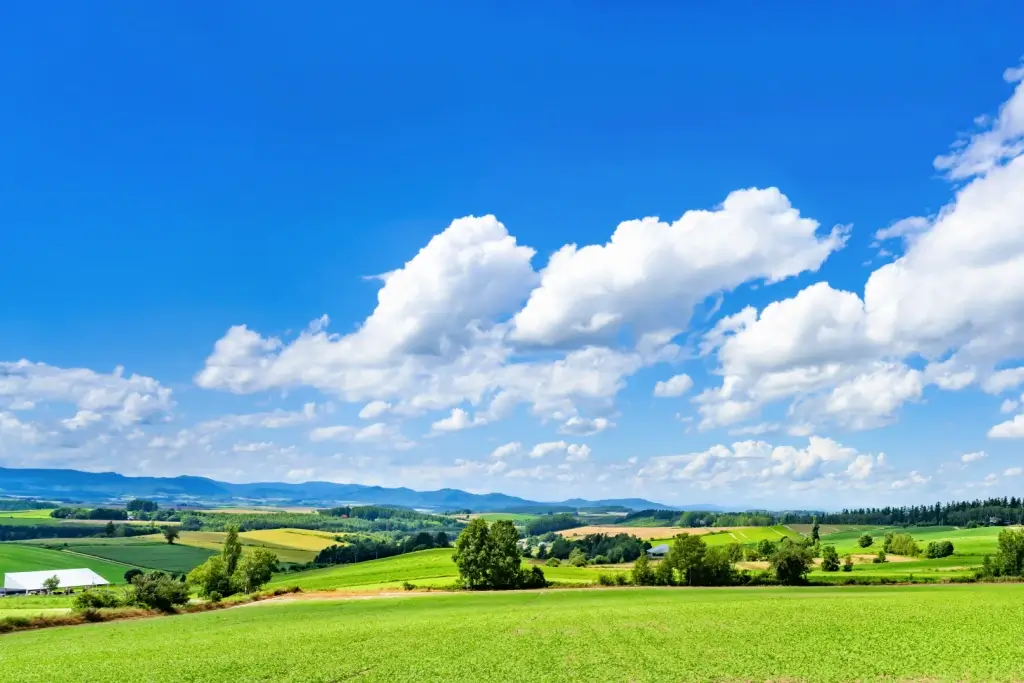
Hokkaido: Amazing Places to Enjoy This Summer!
With endless fields of flowers, misty lakes, fresh mountain breezes, and gentle festivals, Hokkaido’s summer is a world uniquely its own. Let’s look at explore five locations worth visiting during this time of year!

Mount Fuji Summit: Visit Sites Like Chureito Pagoda and More!
Rising at 3,776 meters (12,388 ft), the Mount Fuji summit is truly a sight to behold. On a clear day, you can even see it from Tokyo! This impressive volcano has inspired many poems, artworks, and pilgrimages for centuries.
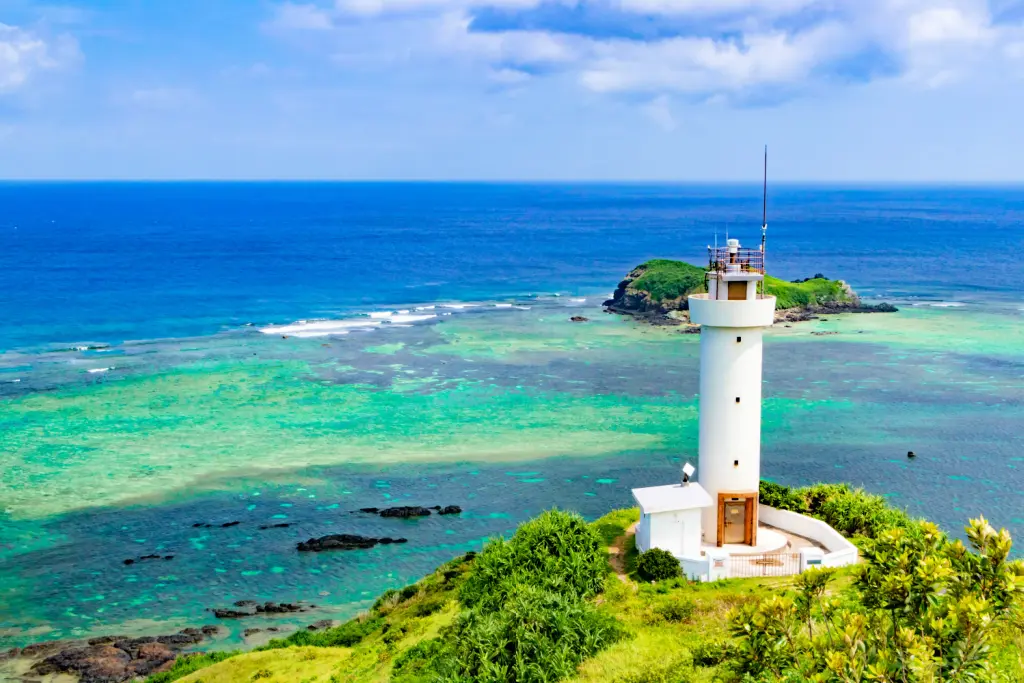
Okinawan Islands: Why You Should Visit Yaeyama!
While the rest of the country is famous for its high-speed trains and vibrant cities, the Yaeyama Islands move at the rhythm of waves and birdsong. This area will amaze you with its breathtaking natural beauty, blending majestic simplicity with the ancient cultural heritage. Keep reading to learn more about this Okinawan treasure!



